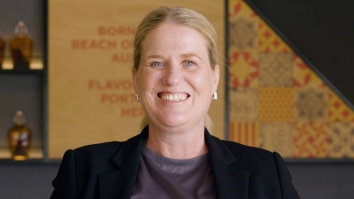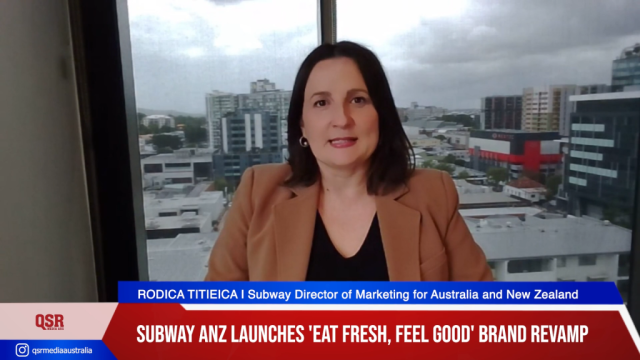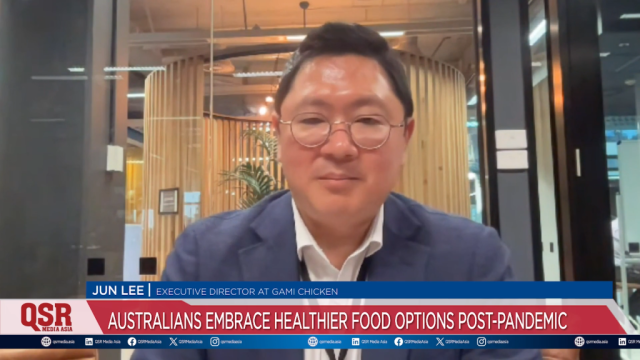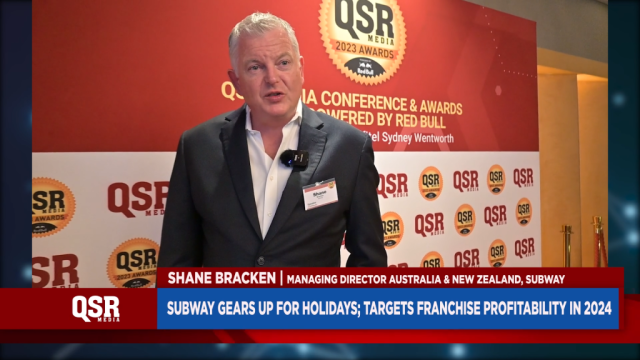
Analyst shares 2015 predictions
Predictions for Casual Restaurants and Fast Food Retailers for 2015 and beyond by IBISWorld Senior Industry Analyst, Stephen Gargano.
Forecast for industry growth overall (Fast food retailing / casual restaurants)
• Casual dining is increasingly taking its lead from formal restaurants. While consumers demand convenience, fast service, competitive prices from fast food, they are now demanding restaurant quality to match. As a result over the next five years, we are likely to see a blurring of the line between restaurant and fast food, as fast food operators upscale their offering.
• Fast food operators are forecast to exhibit solid annualised revenue growth of 2.7% over the next five years, to reach $17.9 billion in 2019-20. This forecast includes an expected rise in revenue of 2.7% in 2014-15. Growth will be supported by the rising popularity of premium-priced healthy and high quality options. However, competition among providers, competition from external sources (formal restaurants) and the weaker growth of major players will restrain growth in the Fast Food Services industry to a degree.
Forecast for the types of fast food retailing that will experience greatest / fastest growth:
• Healthy options will provide a strong source of growth as consumers move away from traditional fast food. Poor health content is a large detractor from the popularity of fast food. Operators that are able to successfully produce healthier menus at affordable prices will benefit over the next five years.
• A trend towards premiumisation is becoming increasingly prevalent within fast food and casual dining. This trend is affecting all areas of fast food and is also providing from strong external competition from more formal restaurants. The burgers segment provides a strong example of this trend, with discerning consumers moving away from traditional fast food burger stores towards premium providers. As a result, McDonalds, despite being the largest player in the Fast Food Services industry, has struggled for growth over the past 5 years, underperforming the industry. Conversely, Grill’d has grown dramatically over the same period, driven by a greater emphasis on quality. As a result, consumers have demonstrated a willingness to pay premium prices where the quality is higher, which has supported revenue growth for these companies. We are seeing similar trends across a range of fast food cuisines.
• However, consumers are become more educated as to what constitutes good food. As a result, restaurants are also increasingly muscling in on traditional fast food domains. Again burger and pizza segments have seen the greatest rise in competition, with premium burger and pizza restaurants popping up across Australia. Many of these restaurants also provide takeaway options for time-poor consumers, making them particularly competitive. Takeaway at formal restaurants will also increase over the next five years as restaurateurs seek to capture a share of the fast food market. Restaurants will be particularly active in fighting for lunch time trade and family dinner packs, providing the opportunity for consumers to have fast, convenient restaurant quality food in their home at a fraction of the price of dining in. A key example is George Colombaris’ Hellenic Republic, a formal restaurant which provides takeaway dinner for four for $49, which is comparable to many fast food options.
New innovations / initiatives are we seeing / will we see more of next year and in the future?
• Major players in the Fast Food Services industry have a history of delivering strong growth in revenue and profit. However, shifting consumer preferences have put this growth at risk over the past five years. As a result, we are expecting to see greater innovation from major players as they attempt to attract consumers back to their stores. This innovation is likely to occur through:
- Healthier menu options
- Premium options (ie Angus burgers)
- Delivery
- 24 hour retailing
- Cheaper menu items
- Loss-leading discounts
Players will experiment with these strategies in order to increase growth and retain market share, however, should these strategies become too costly they are likely to be abandoned.
• Online platforms and smartphone technology also provides a key area for innovation over the next five years.
- Online ordering websites such as MenuLog will be particularly attractive for smaller operators without the benefit of a brand. The website provides a platform through which these providers can increase their exposure, and benefit from their proximity to consumers rather than the familiarity of their brand. The site also provides a tangible increase in convenience in frequenting these establishments. Typical operators using MenuLog are those where meals are prepared to order. The ability to order online for delivery or pickup means less time waiting in stores, making them more attractive to convenience focused consumers.
- Smartphone applications are will also provide an opportunity for operators over the next five years.
- Some applications will provide online ordering capabilities, while others will focus on promotions and advertising. Again, online ordering will be most prominent for those meals with longer preparation time and delivery options such as pizza or other foreign cuisines.
• Wider premiumisation is expected over the next five years as existing operators seek to push average spend upwards and new operators fight for a share of the Fast Food Services industry.
- Niche dietary choices are also expected to find greater representation in casual dining over the next five years, as small operators establish themselves, mainly serving busy business districts during the lunch time trade.
- Gluten free, organic, paleo, clean eating, super foods are all key examples of rising food trends, which are likely to be seen across fast food over the next five years.
- Meals representing these niche areas will demand premium pricing, and with demand currently high, they are likely to be particularly profitable for providers that are able to successfully market their products to the right audience.
• Pop up restaurants, while popular, will have a smaller effect on fast food providers over the next five years. Many of these establishments will act as a temporary additional location for more formal restaurants, rather than a casual restaurant.






























